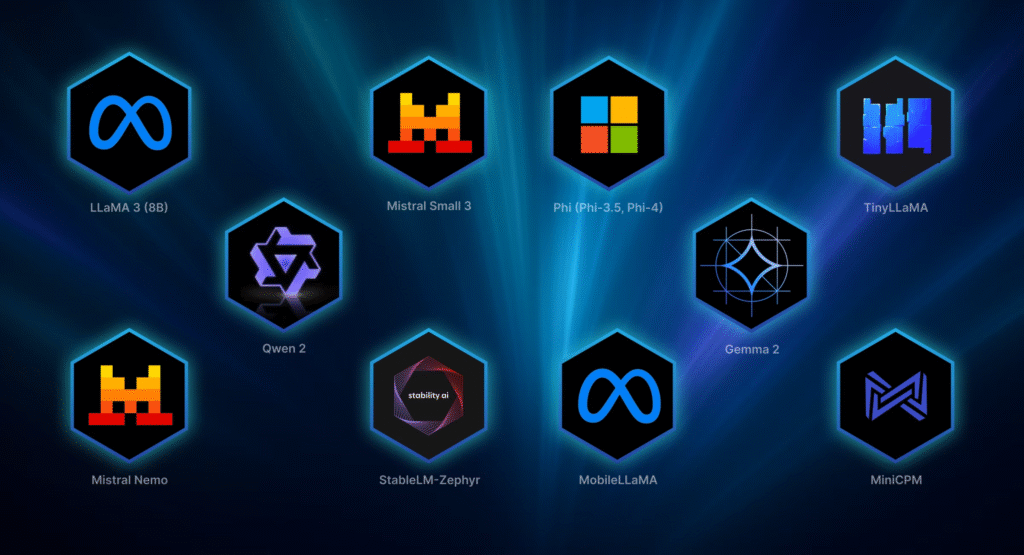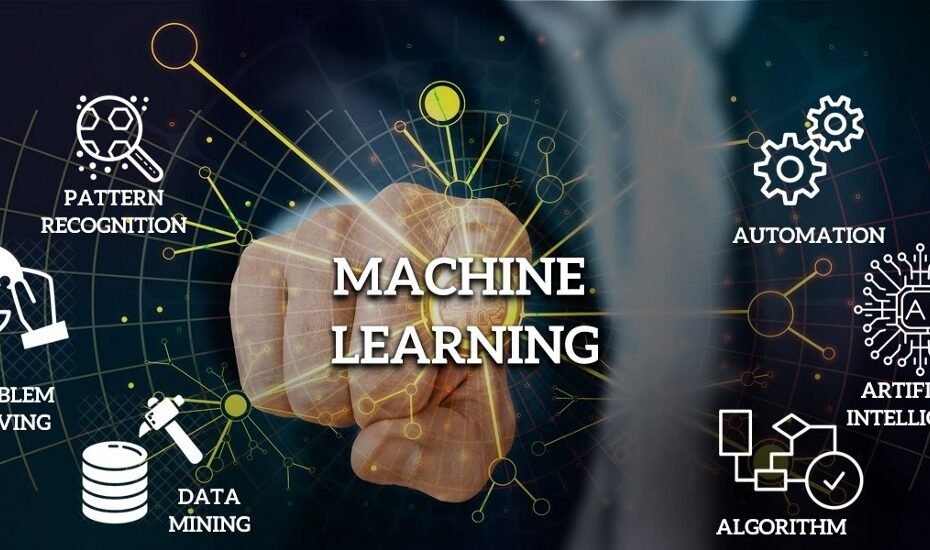AI technologies are ever-advancing. You can find their applications in mobile phone voice assistants, and auto-generated captions. AI personalization features are also used by social media applications. Behind the scenes, there is a lot of software engineering involved to enable AI work at scale. Software engineering machine learning is the answer. The definition is in the name. Let us simplify it.
First, What “Software Engineering Machine Learning” Means
Let’s speak plainly.
Software engineering is the process of app and website creation in addition to their tools.
Machine learning deals with how computers learn to recognize and distinguish patterns in data.
Combine the two concepts.
Software engineering machine learning is the practice of implementing machine learning software optimally through a well defined process of versioning, planning, testing and executing updates as it is done in the world of software engineering.
All software engineering processes must apply to ML systems in practice and not on paper only.
Why Is It a Big Deal?

Machine learning is no longer a reserve of tech companies or research institutions.
It is the driving force behind self-driving vehicles, product recommender systems, and even spam filters in emails.
However, those functionalities alone do not fulfill the adequate requirements an ML model has to fulfill; it also needs to be:
✅ Trustworthy
✅ Simple to maintain and periodically refresh
✅ Scalable for millions of prospective users
Software engineering principles save the this-day challenges and help fulfill these requirements.
Let’S Break It Down
Four components form the core of the functionality:
1. Capturing the Data
The spearhead of every ML project is the data, especially a massive volume of it.
However, the data needs to be captured. It needs to be in a certain state. Data cleaning revolves around the identification of emerging issues pertinent to transcription, dimensions such as spelling mistakes, lack of values, repetition, or erratic.
Before one is able to do anything, it is crucial to clean and organize the data. This is foundational and produces sustainable outcomes.
For illustration, while training the model to recognize fake news, one has to first retrieve genuine articles marked accurately as either fake or factual.
2. Testing and Training the Model
It is now time for the enjoyable aspect, model creation.
Workon and workoff is one of the unconventional strategies models come up with. It also has a tendency to produce unique outcomes.
It is necessary for engineers to treat models as any other software. Testing, Updating, and Reviewing needs to be conducted.
The use of MLflow, TensorBoard, and Github aids in the necessary changes to be made as they help in redundancy.
3. Under Testing the Deployed Model
With one or two exceptions, people tend to tirelessly evalute work which others have constructed for a prolonged span. Having developed the model, one may ponder of the practical, effective ways to implement it on a website or application and have it function.
This now involves the concept of deployment.
This is where software engineers use automation tools to move ML models into production—without causing chaos.
4. Keeping an Eye on It
ML models have to be supervised.
For instance, let’s take an application that recommends songs to users. If there are changes in user behavior over time, which is frequent, the model needs to adjust.
Engineers keep an eye on the overall system, address issues, and routinely optimize models to ensure smooth operations.
This is called monitoring, and it’s a continuous process, not a one-off task.
Everything is connected.
If you miss one and your project is at risk.
How Meta Does It
Meta (the parent company of facebook and instagram) run machine learning at immense level.
Offering machine learning services to handle:
- Post suggestions.
- Spam blockage.
- Ad servicing.
- Translation tools.
To function seamlessly, their ML products undergo a software engineering process where managing the model is treated like any other part of the software development process.
Each model undergoes a meticulous process of construction, testing, and iterative updates after a careful launch to ensure optimal functionality.
This is the pinnacle of the integration of software engineering and ML.
Why This Matters for the Future
ML models can have great potential, but only when integrated efficiently with the outside world.
The intelligence of the AI model will rely on how well integrated the system is, constructed and maintained.
Software engineering is particularly beneficial in these areas.
- It assists groups in:
- Achieving faster product launches.
- Minimizing failures.
- Recovering from issues in a timely manner.
- Establishing trust with users.
Benefits at a Glance
Challenges You Should Know
It’s not all smooth sailing, though.
- Common challenges include:
- Disruptive data changes and tampering with the model.
- Hidden bugs in the ML logic.
- App fractures during updates.
- Blending ML with ordinary programming tools.
Most of these challenges, though, can be overcome with smart engineering.
So, What’s Next?
To create excellent AI, having great software practices is essential.
This realization is spreading, which is why software engineering in machine learning is becoming the new standard.
Predictions include:
- Increased development of automated ML tools and AI-centered software teams.
- Streamlined construction and management of ML models.
- In summary, ML becoming software-like in structure, making it easier to track and scale.
Final Thoughts
As ML tools advance, integrating software engineering into machine learning will become mandatory. It’s an extremely valuable tool, but will not go far without diligent engineering.
The advancement of software engineering enables machine learning (ML) models to:
- Maintain stable performance while updating
- Reliably operate in real-time applications
- Scale to millions of users
That is the direction of AI development—and at companies like Meta, it is already in progress.
Frequently Asked Questions
1. What is “software engineering machine learning”?
A fusion of two brilliant concepts:
Software engineering builds reliable, structured applications and systems.
Machine learning (ML) is how computers learn patterns from data.
In combination, they mean to create machine learning models with good software engineering practices, like testing and debugging.
2. Why does software “engineering” machine learning systems”?
Solely constructing a smart model is insufficient.
A model is useless if it crashes, introduces random errors, or is challenging to update.
ML models need to be:
- Trustworthy
- Elastic
- Simple to maintain
- Deployment safe
3. What does Meta (Facebook) contribute to this aspect?
Meta stands out as one of the best real-world examples.
They integrate software engineering and ML for:
- Newsfeeds
- Ad targeting
- Friend suggestions
- Spam detection
Meta trains, tests, and safely deploys the models in custom systems to billions of users daily.
4. In what order does the machine learning process activities take place in practice?
It flows in the following order:
- Acquire the Data
- Train the Model
- Test the Model
- Deploy
- Monitor and Update
The last step is the continuous upkeep of the machine learning model. There is constant monitoring for issues.
5. What other issues do they address in the software in charge of machine learning?
The most used would definitely be:
- GitHub – for collaborative version control
- MLflow – for experiment tracking in the ML sphere
- TensorBoard – for the visualization of the training process
- Model deployment at scale: Docker and Kubernetes
- Model monitoring: CI/CD pipelines for automation via continuous testing and model launch processes
6. What are issues that every one of us is used to tackle when developing machine learning systems?
Some of the most challenging parts are:
- Detecting anomalies from training and testing processes using dirty data
- Contending with several versions of the same model
- Identifying the hidden logical errors in the model’s mathematics
- Model updates that do not disrupt the existing structure as defined
- Detecting an unexpected drop in performance
- Thanks to the machine learning’s software engineering structure, it’s much easier.
7. Can they be used by individual entrepreneurs and start-up companies?
Of course. Solo developers and small teams can use:
Well-organized coding structure
Data and model tracking systems
Proxying simplified deployment systems
Establishing processes that can be granularly improved for excessive programmer problems. Start from the most basic and continuously refine structure towards the most complex automation.
8. What is the recommended time frame for when models should be renewed?

Varies according to each application and the pace of change in the surrounding environment.
- Spam filters might require weekly modifications.
- Product recommenders might refresh daily.
- Language models might require refreshes every few months.
- Good ML systems integrate monitoring and retraining as part of system maintenance.
9.How is this different from regular coding?
Regular coding is about writing exact rules.
Machine learning is about teaching the computer to find rules in data.
But both still need:
Testing
Bug fixing
Collaboration
Deployment pipelines
Good ML systems integrate monitoring and retraining as part of system maintenance.
So in the end, good ML is just smart software with data as its brain.
10.What’s next for software engineering + ML?
We’ll likely see:
- More tools to manage ML projects
- Easier monitoring for models
- Improved collaboration among data scientists and engineers
- Self-updating AI apps
- Essentially, AI is becoming more like software, and that’s a good thing.
